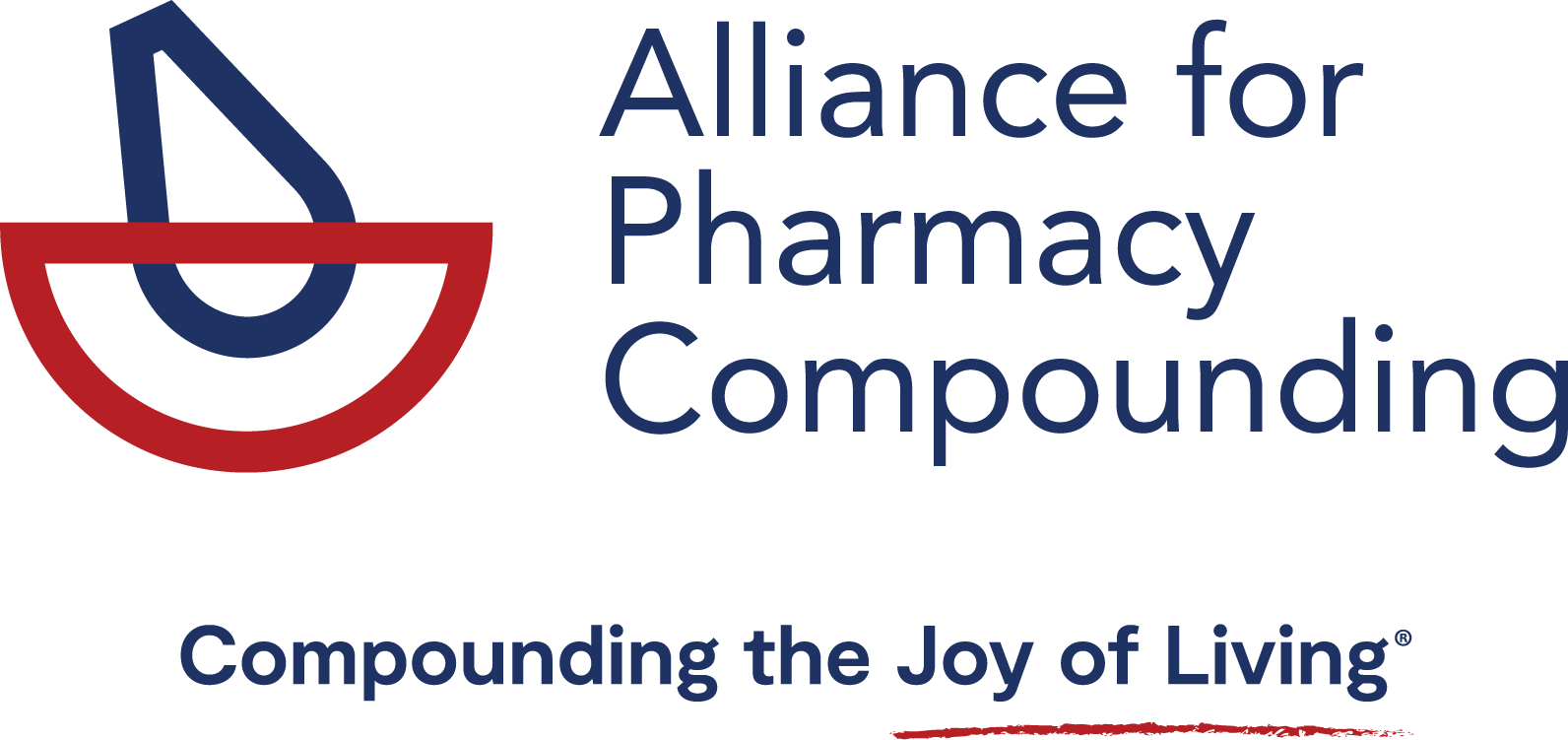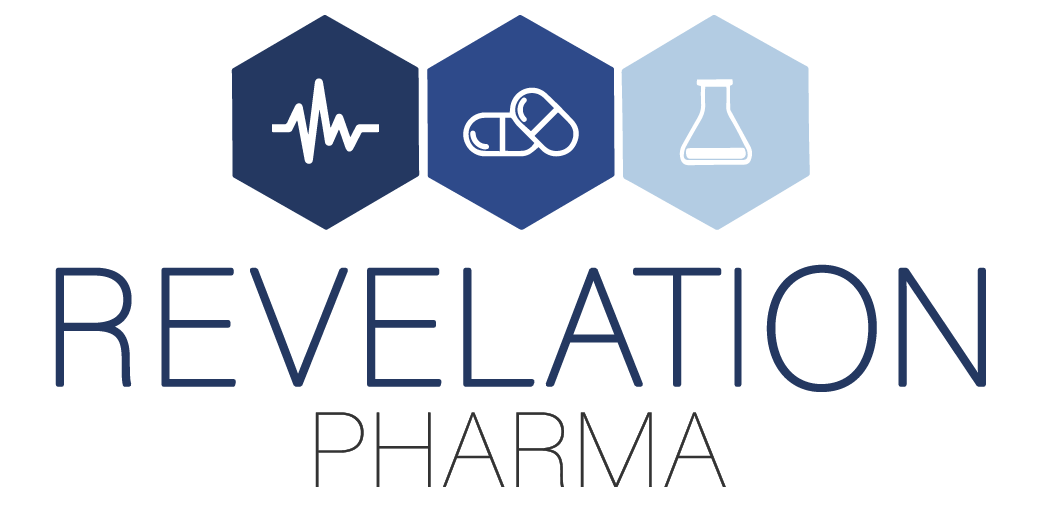July 17, 2024
Testosterone replacement therapy: Not just a guy thing
Would it surprise you to know that as far back as 4,000 years ago, intentional castration was used to create eunuchs and control sexual function? What if I told you the ancient Romans ingested animal testes to promote fertility and strength?
It is apparent that ancient societies understood the effect of testicular function on energy, libido, sexual function, and masculinity. It wasn’t until 40 centuries later, in 1929, that testosterone was first isolated, and four years after that in 1935 that the first studies were published on the chemical synthesis of testosterone. This led to the introduction of testosterone injections and pellets for use in male patients for energy, strength, fertility, and erectile function — what we call testosterone deficiency today.
Great news for the fellas, but probably not for the ladies, right? Not so fast! As early as 1937, testosterone was used to treat the symptoms of menopause. If you thought testosterone was only a male hormone, you would be mistaken.
Testosterone is the dominant sex hormone in males, and it is responsible for physical development, sexual maturation, bone and muscle mass, fat distribution, cognitive and cardiac health, production of red blood cells and sperm, strength, libido, and sexual function. Testosterone is also the most abundant biologically active female hormone — women produce three times more testosterone than estrogen prior to menopause. Testosterone in women impacts physical and mental health, serves as a cardiac and breast tissue protectant, and helps maintain energy, strength, bone and muscle health, and libido. With age, our bodies’ production of essential hormones, including testosterone, declines, causing a myriad of both menopause and andropause symptoms.
You wouldn’t put a cast on a leg without doing an x-ray first, though, so we certainly don’t initiate testosterone replacement therapy without doing a thorough patient evaluation — including a complete hormone panel, medical history, and assessment. Once the evaluation is complete, we can design a treatment plan with your provider that takes into consideration your personal hormone levels, reported and observed symptoms, and goals for therapeutic outcomes.
Options for testosterone replacement therapy have expanded significantly since the 1930s, as you might imagine. You have choices in the form of testosterone, route of administration, and frequency of use to fit your goals and lifestyle. Each option has its pros and cons. You should discuss these with your physician or other prescriber to figure out which one is right for you.
- Injections
Testosterone injections have been around a long time, and a lot of men prefer them (much more so than women). Injections are typically given anywhere from twice a week to twice a month. Levels are highest shortly after a dose and lowest immediately prior to the next dose.
- Pellets
Testosterone pellets have also been around for a long time, and they are very popular with both men and women. Pellets are absorbed over 3-4 months and deliver a fairly steady level of testosterone consistently over that time frame. Pellets are great for people who have very busy schedules and prefer a “set it and forget” approach to their therapy. An added convenience is that pellets can incorporate multiple hormones if a patient is on more complicated therapy. On the downside, pellet insertion involves a small incision, and there is a possibility for reactions or scarring at the insertion site. The cost also tends to be higher, since the expense of the office procedure is added to the price of the medicine.
- Gels/Creams
Topical and vaginal testosterone products offer the benefits of no needles, at-home application, and easy dose adjustments when necessary. These products are usually applied daily, which is convenient for some, but can introduce issues with missed or forgotten doses for others. Some people don’t like how potentially “messy” topical products can be or worry about exposing loved ones to the medicine if they come in close contact. Topical and vaginal products can also be combined with other hormones and active ingredients, like pellets can.
- By Mouth (oral, buccal, and sublingual)
Oral testosterone products are a little tricky. Most testosterone forms are broken down in our gut before they can act, and others can cause damage to the liver. There are now oral capsules available — for men only — that don’t impact the liver, but they require multiple doses per day. Sublingual (under the tongue) and buccal (in the cheek) dosage forms also bypass the gut and liver but also must be taken more frequently. This can make them difficult to adhere to.
Time refuses to stop for any of us, but hormone therapy can allow us to maintain vitality and quality of life as we get older. Testosterone replacement therapy for men is certainly more common, but it can be equally beneficial and important for women. Contact your compounding pharmacist if you want more information on testosterone replacement therapy.
By Emily Durham, MS, CPhT, Vice President of Business Development, Revelation Pharma Corporation



















![Topi-CLICK a Division of TEAM Outlines[1]](https://a4pc.org/files/Topi-CLICK-a-Division-of-TEAM-Outlines1.png)













